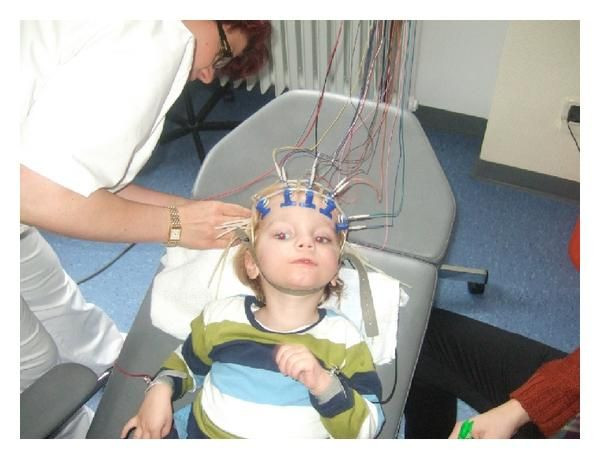Boy's Stem Cells Successfully Treat Cerebral Palsy, Awaken Him From Vegetative State

Doctors were able to successfully treat a 2.5-year-old boy who had suffered from cardiac arrest and brain damage, putting him in a vegetative state, using his own cord blood containing stem cells, a press release said.
At the end of 2008, the young boy, who was only identified as L.B., suffered cardiac arrest and subsequently became brain damaged and paralyzed in a vegetative state. The child was diagnosed with infantile cerebral palsy, a condition doctors at Catholic Hospital Bochum, part of the University Clinic of RUB in Germany, didn't know how to treat. However, the boy's parents didn't want to give up on him. They suggested using stem cells from cord blood that was frozen when he was born.
Doctors administered the blood nine weeks after the boy went into cardiac arrest and studied how his recovery progressed. Within two months, his spasticity decreased significantly. He was able to see, sit, smile, and speak simple words. Four months after they administered the blood, he was eating independently, walking with assistance and forming sentences of up to four words.
The results were very contradictory to what the doctors expected. According to the doctors, a child's chances of survival after such severe brain damage and enduring 25 minutes of resuscitation was believed to be six percent. They say that months after the brain damage, children normally show only small signs of consciousness.
"The prognosis for the little patient was threatening, if not hopeless," the medics said in the release.
However, his recovery proved otherwise and the medics were stunned.
"Of course, on the basis of these results, we cannot clearly say what the cause of the recovery is," Dr. Arne Jensen, co-author of the study, said. "It is, however, very difficult to explain these remarkable effects by purely symptomatic treatment during active rehabilitation."
Scientists at the hospital had been researching the potential of cord blood in animal studies. In previous studies, they found that cord blood cells gravitate toward the damaged areas of the brain in large numbers within just 24 hours of administering them.
"Our findings, along with those from a Korean study, dispel the long-held doubts about the effectiveness of the new therapy," Jensen said.
Jensen was referring to a study conducted by Korean doctors on 100 children two months ago. They reported that they had also treated cerebral palsy with cord blood.
This development in stem cell research also comes just two days after other reports were released about a blind man who received embryonic stem-cell treatment, restoring his sight to the point that he could pass a vision test for a driver's license.
The findings from this procedure will be published in the journal Case Reports in Transplantation.
Sources:
Jensen A, Hamelmann E. First Autologous Cell Therapy of Cerebral Palsy Caused by Hypoxic-Ischemic Brain Damage in a Child after Cardiac Arrest-Individual Treatment with Cord Blood. Case Reports in Transplantation. May 2013. Accessed May 23, 2013.



























